Delivering medical care remotely is taking off, thanks in part to the coronavirus pandemic. A report from the American Hospital Association found that 76 percent of U.S. hospitals have some kind of program in place to connect with patients and consulting physicians electronically, with video or other technology.
When people refer to these programs, there is some debate over whether to use the term telehealth or telemedicine.
Just so you know
You’ve got your medical toolkit ready to help those in need — but what about your telemedicine toolkit? With Jotform’s HIPAA-friendly telehealth platform, you can easily create online medical forms that keep sensitive health data safe.
The terms might be used interchangeably by a lot of people because both use electronic means to deliver services, but they’re actually different. Telemedicine refers specifically to clinical services delivered electronically, while telehealth is a larger scope of services that includes nonclinical services.
The differences
While the term “telemedicine” covers a broad range of specialties, including telepsychiatry and teleradiology, it’s limited to describing only clinical services that are provided remotely — via telephone calls, video conferencing, two-way messaging through a patient portal, or remote monitoring of a patient with a Bluetooth-connected device.
A lot of healthcare providers use telemedicine for follow-up visits, medication management, and to care for chronic conditions. For example, a patient who has recently been discharged from the hospital for treatment of a burn could have a follow-up visit via video conference for instructions on how to change the bandage.
Telemedicine also refers to remote consultations between doctors and other healthcare professionals. For instance, an orthopedist might order x-rays of a patient’s ankle. The radiologist could read the x-ray films remotely and discuss the images on a video conference with the orthopedist.
The term “telehealth” describes a very broad range of remote healthcare services. It can include telemedicine, but it also covers things like provider training, administrative meetings, and continuing medical education. When you discuss telehealth, you could be talking about a virtual doctor’s visit or an online course for medical coding.
Telehealth includes public health education, like webinars about how to prevent the spread of the coronavirus. It also includes mobile health apps.
A brief history of telehealth and telemedicine
Despite the recent surge in popularity of telehealth and telemedicine, with some platforms seeing a usage increase of 40 percent over just a few weeks, the concept is at least 40 years old. The first uses of telemedicine were for group therapy, home care, and interactions with nurses. Early telehealth included education and training for healthcare workers and sending medical images.
In the late 1990s, telehealth and telemedicine were referred to as “e-health,” following the naming conventions of the day (e.g., email, e-books). This reflected a shift from delivering healthcare services and education via phone to using the internet.
Today, what’s called telehealth or telemedicine includes “e-health” as well as telephone calls. For example, when you leave a voicemail message for a nurse at your doctor’s office about a side effect of your medication, and the nurse calls you back with instructions, that’s telemedicine.
What might be surprising about telehealth and telemedicine
Telemedicine services aren’t always delivered in real time. While most people these days think of telemedicine in terms of a live video conference, when doctors consult with each other, they may use asynchronous video, also known as store-and-forward. This is when one doctor makes a recording of their patient notes and sends it to another physician who is treating the patient.
Additionally, a lot of people download health-based software apps to their smartphones, like diet apps and apps to track exercise. These are considered telehealth, because they’re primarily for educational purposes — like tracking how many calories you’re eating.
Just so you know
If your organization is fighting against COVID-19, you can apply for a free, unlimited, HIPAA-friendly Jotform account with our Coronavirus Responder Program.
Ultimately, the distinction between telehealth and telemedicine does matter. Telehealth can mean a wide variety of healthcare-related services and education delivered electronically, while telemedicine specifically refers to clinical services delivered to a patient or consultations about a patient.



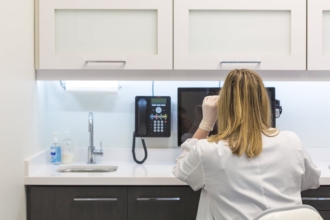




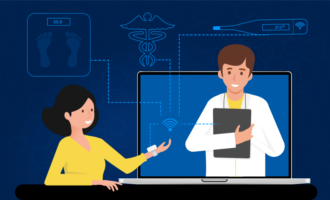





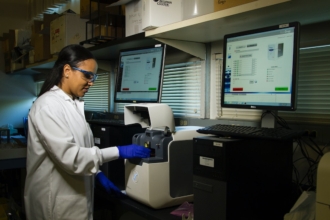

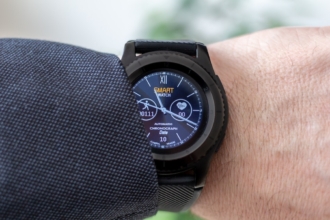








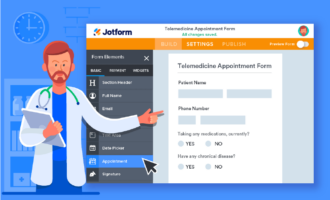









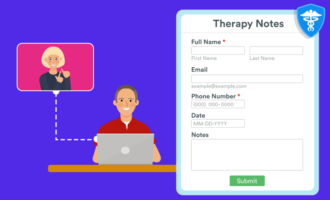


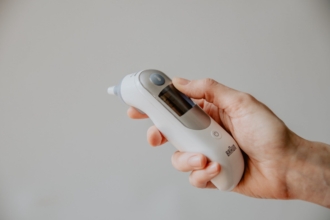


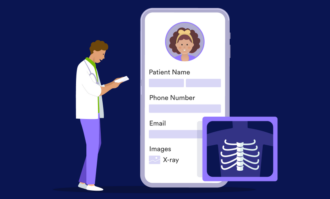






Send Comment: